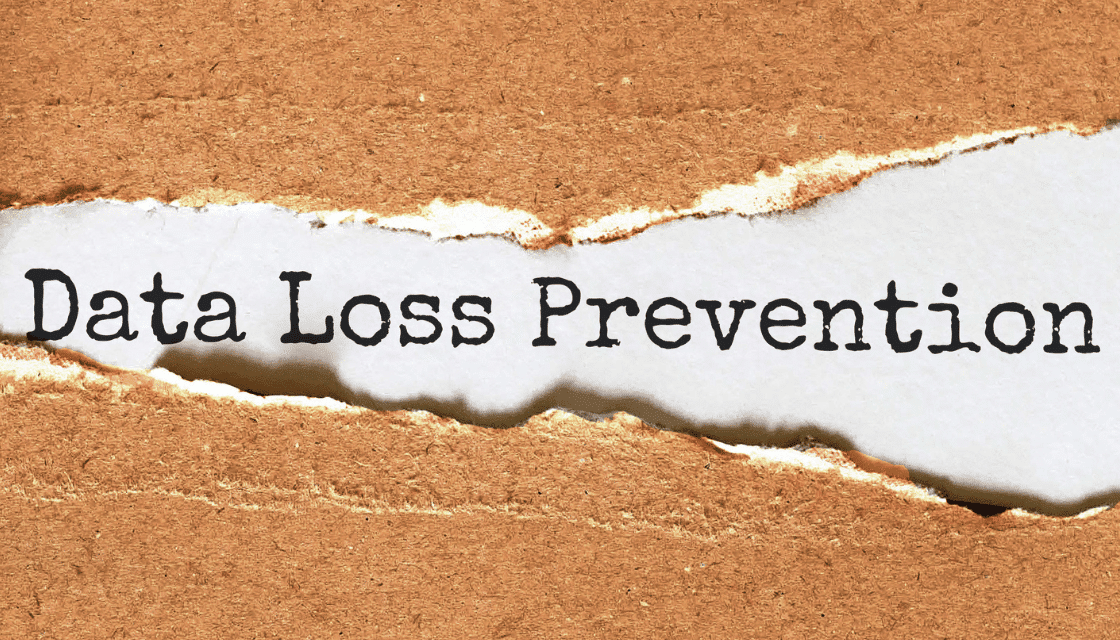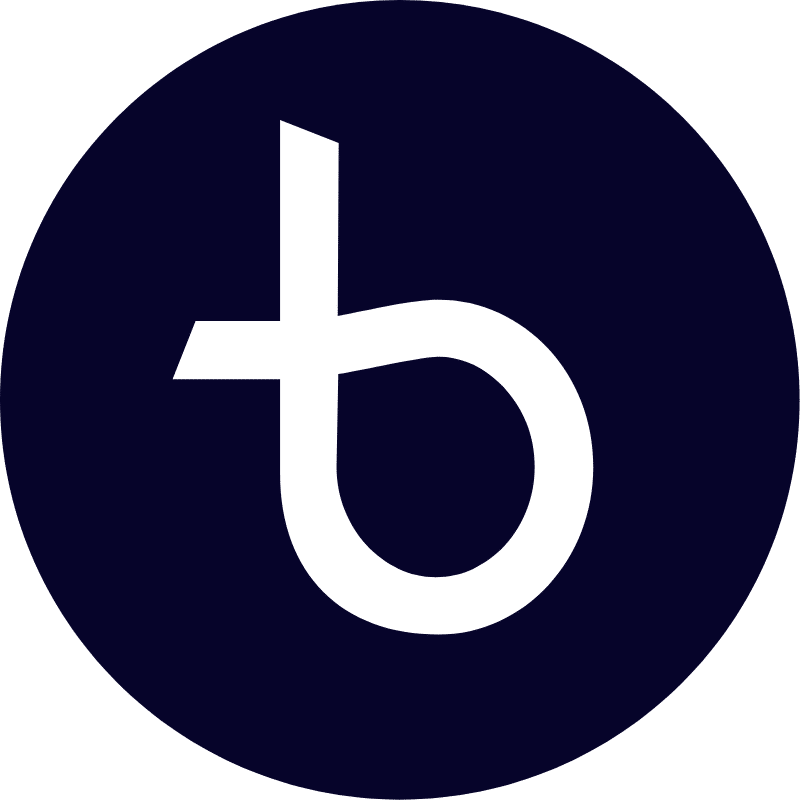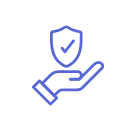
The Essential Role of Data Loss Prevention in Healthcare Security
In the rapidly evolving landscape of healthcare information technology, protecting sensitive patient data has become a paramount concern. The rise of electronic health records (EHRs) and digital patient information systems has undoubtedly improved the efficiency and quality of care. However, these advancements also introduce significant risks related to data security. With data loss incidents occurring 38 times more frequently than leaders estimate, as highlighted in a 2021 Tessian report, the urgency for robust data loss prevention (DLP) measures in healthcare has never been more critical.
The Rising Tide of Data Loss Incidents
The Tessian report mentioned above sheds light on a concerning trend: organizational leaders’ underestimation of data loss incidents. This discrepancy between perception and reality underscores the need to reevaluate current data security measures. Furthermore, the shift towards remote work, accelerated by recent global events, has compounded these challenges. According to the same report, half of all employees feel “less secure” working outside the office, with 42 percent admitting to being “less likely to follow safe data practices when working remotely.” These statistics highlight the pressing need for healthcare organizations to adapt their cybersecurity strategies to this new reality.
The Critical Role of DLP in Healthcare
Data Loss Prevention (DLP) technology is designed to detect and prevent unauthorized access or disclosure of sensitive information, making it an essential tool in the healthcare sector’s cybersecurity arsenal. Traditional DLP systems, however, are known for their complexity and the high rate of false positives they generate, which can lead to legitimate threats being overlooked amidst a sea of alerts. This complexity has often resulted in DLP solutions becoming “shelfware” — purchased but underutilized or unused.
Despite these challenges, the importance of DLP in safeguarding Electronic Health Records (EHRs) and Personal Health Information (PHI) cannot be overstated. With healthcare regulations such as the Health Insurance Portability and Accountability Act (HIPAA) mandating the protection of patient information, DLP becomes not just a tool for data security but a requirement for regulatory compliance.
Leveraging HHS 405(d) Guidance for Enhanced Data Security
The Health and Human Services (HHS) 405(d) program offers actionable guidance for healthcare organizations in response to the complexities of implementing effective data security measures. This program emphasizes the strategic implementation of DLP systems as a key component of a comprehensive data security strategy. Tailoring DLP solutions to the specific needs of healthcare workflows can significantly reduce false positives and enhance the overall effectiveness of data protection efforts.
Furthermore, the HHS 405(d) program recommends integrating DLP with broader security measures, such as regular staff training on safe data practices — an especially critical component in the era of remote work. This holistic approach to data security ensures that DLP systems are effective and support healthcare professionals’ daily operations.
Addressing Remote Work Vulnerabilities
The shift towards remote work necessitates a reevaluation of data security strategies. Healthcare organizations must prioritize the implementation of DLP solutions that are adaptable to remote environments. This includes ensuring that employees are equipped with the knowledge and tools to maintain safe data practices outside the traditional office setting. Regular training sessions, secure access protocols, and promoting a security-conscious culture are essential to mitigate the increased risks associated with remote work.
Overcoming the Challenges of DLP
While DLP solutions are designed to detect and prevent data breaches, they come with challenges. These systems often generate a high volume of alerts, including numerous false positives, making it difficult for IT/Security teams to discern genuine threats. Moreover, the shift towards remote work has introduced new vulnerabilities, with employees more likely to bypass security protocols outside the traditional office environment.
Effective DLP requires more than just implementing software solutions; it demands continuous tuning, real-time alerting, and diligent investigations. This is where the expertise of a specialized MSSP becomes invaluable.
Leveraging Blackwell Security for Advanced DLP Management
Blackwell Security stands at the forefront of healthcare cybersecurity, offering DLP management services tailored to the unique needs of the healthcare industry. Our team of experts is dedicated to providing round-the-clock DLP tuning, alerting, workflows, and investigations, ensuring your organization’s data is protected against current and emerging threats.
As an MSSP built to understand and respond uniquely to healthcare threats, Blackwell Security offers:
- Customized DLP Solutions: Tailored to fit your healthcare organization’s specific data protection needs.
- 24/7 Monitoring and Alerting: Ensuring potential threats are identified and addressed promptly, minimizing the risk of data loss.
- Comprehensive Investigations: In-depth analysis of security incidents to prevent future breaches and strengthen your security posture.
- Regulatory Compliance Assurance: Expert guidance to ensure your DLP strategies are fully compliant with HIPAA, HITRUST, and other relevant regulations.











